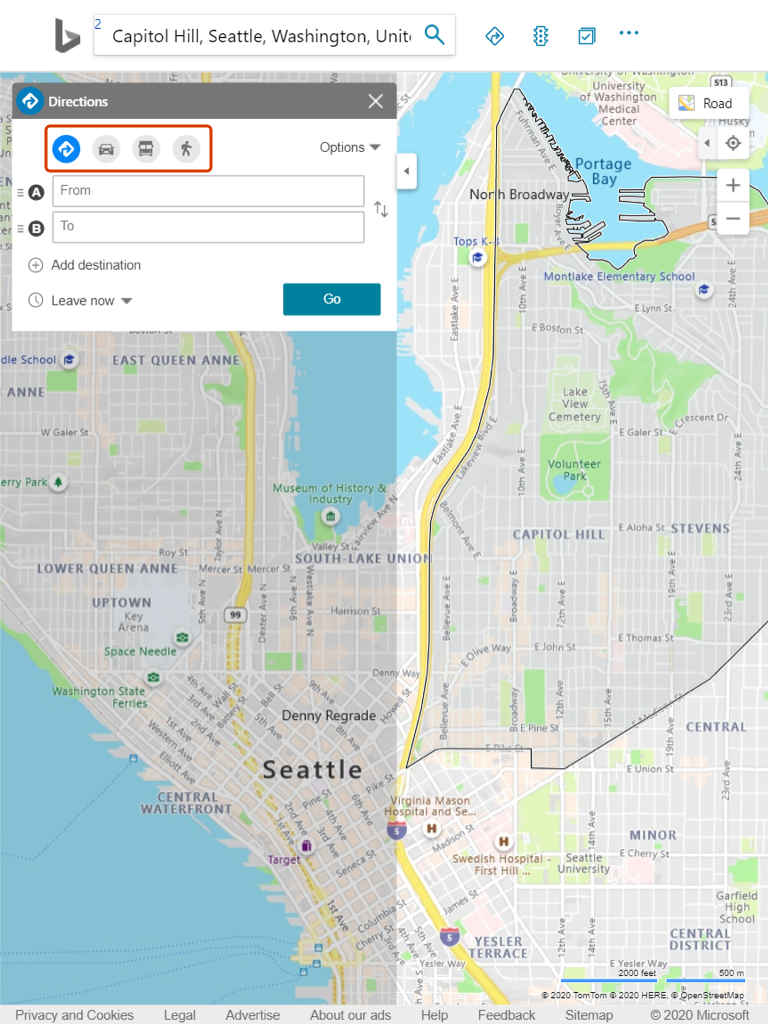Problem
The user needs to understand what the system can do.
Solution
Expose system capabilities through system controls.
Use when
- System controls are interpretable and useful.
- It is possible to expose system controls and settings to the user.
- It is possible to expose these controls in high-traffic areas.
- Users have become habituated to the presence of controls in certain regions of the interface.
How
Use UI controls, options, menus, and settings to make the user aware of system capabilities.
Use discoverability techniques that enable users to explore the interface and find system capabilities.
User benefits
Learn by doing: Enables the user to learn about system capabilities in the process of using the system.
Common pitfalls
- Low discoverability: UI elements are hard for the user to find.
- For many users who are not comfortable with learning by exploration, this pattern might be disorienting. Consider combining with G1-A.
- The pattern implementation creates expectations that the system can do more than it is capable.
Note: Over-inflated user expectations have been shown to cause frustration and even product abandonment.
References
Over-inflated user expectations have been shown to cause frustration and even product abandonment:
- Jan Hartmann, Antonella De Angeli, and Alistair Sutcliffe. 2008. Framing the user experience: information biases on website quality judgement. In Proceedings of the SIGCHI Conference on Human Factors in Computing Systems (CHI ’08). Association for Computing Machinery, New York, NY, USA, 855–864. DOI:https://doi.org/10.1145/1357054.1357190
- Jaroslav Michalco, Jakob Grue Simonsen & Kasper Hornbæk (2015) An Exploration of the Relation Between Expectations and User Experience, International Journal of Human–Computer Interaction, 31:9, 603-617, DOI: 10.1080/10447318.2015.1065696
- Daniel S. Weld and Gagan Basal. 2018. Intelligible Artificial Intelligence
- P. Robinette, W. Li, R. Allen, A. M. Howard and A. R. Wagner, Overtrust of robots in emergency evacuation scenarios, 2016 11th ACM/IEEE International Conference on Human-Robot Interaction (HRI), Christchurch, 2016, pp. 101-108, doi: 10.1109/HRI.2016.7451740.







